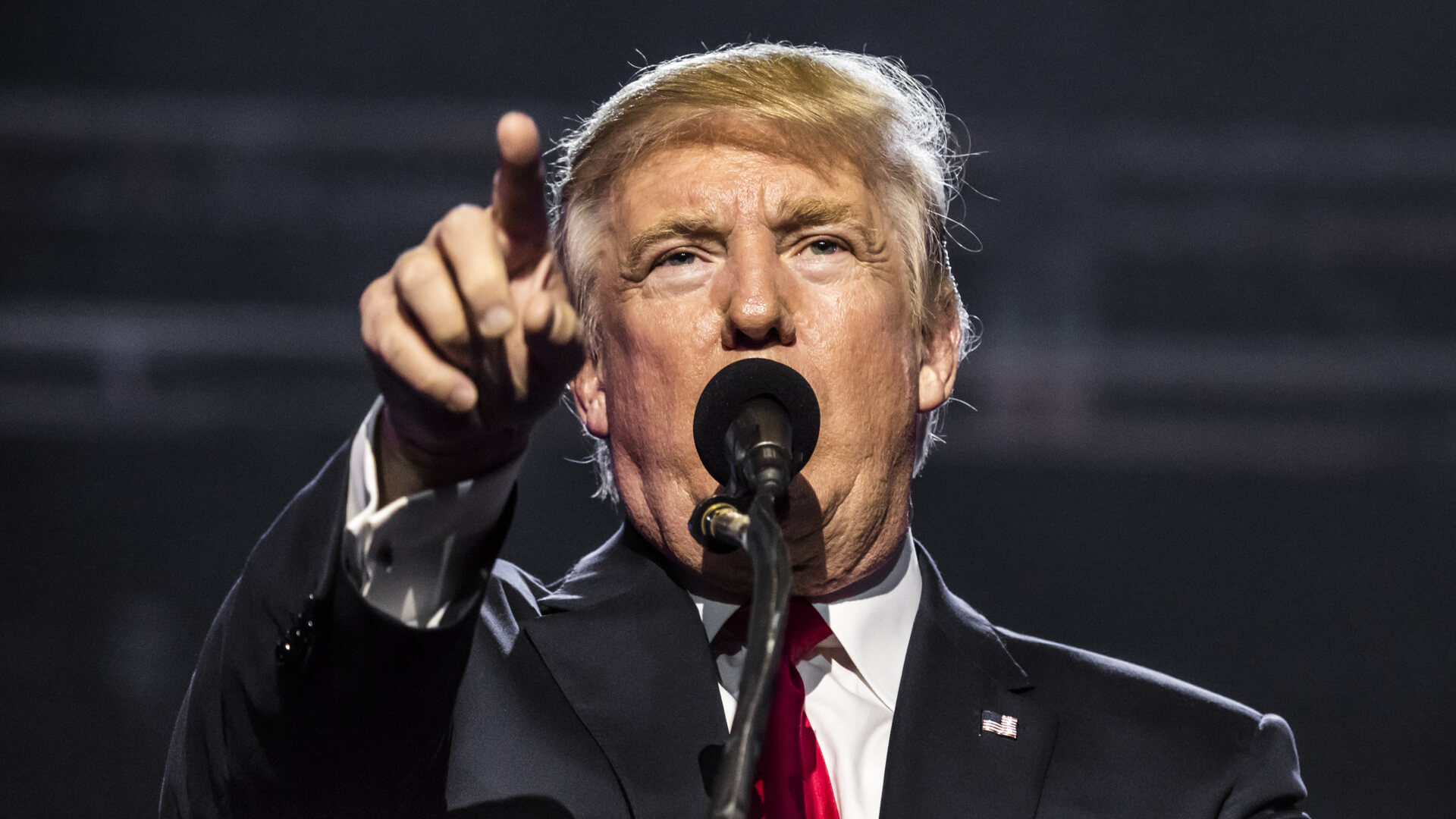
Americans continue to feel the pinch of high prices, from groceries to gas and a new year brings new hopes for relief. President Donald Trump repeatedly promised during the 2024 race to make shopping more affordable, a pledge that resonated with millions of voters looking for financial relief. Many remain anxious to see if these promises will materialize in 2025 as the cost of everyday necessities still burdens households.
Explore More: Mark Cuban Tells Americans To Stock Up on Consumables as Trump’s Tariffs Hit — Here’s What To Buy
For You: 7 Luxury SUVs That Will Become Affordable in 2025
Households are primarily worried about inflation diminishing paychecks and limiting purchasing power, leading many to question how lower prices can be achieved. With ongoing inflationary pressure nationwide, experts and analysts have suggested various policies Trump could consider to tackle costs in the upcoming year. Let’s break down five targeted strategies that could be on the table and how each approach might impact consumers.
Boosting Domestic Energy Production
Trump has repeatedly emphasized the connection between energy costs and overall consumer prices, particularly groceries and transportation. GoBankingRates’ analysis reveals that the president’s strategy focuses on boosting domestic fuel production to reduce gasoline and diesel prices, essential for farmers and food distributors. If the price of fuel drops, the savings could ripple through the supply chain, from planting and harvesting food to transporting products to local stores.
Check Out: Here’s How Much Every Tax Bracket Would Gain — or Lose — Under Trump’s ‘Big, Beautiful Bill’
Trump wants to lower company input costs and pass on savings to American people by producing more oil and natural gas domestically. Economic experts disagree on how fast and effectively these savings will reach consumers, given global market swings and supply constraints. A long-term investment in energy production could, in theory, also help stabilize prices for other goods reliant on transportation.
Rethinking Tariffs and Trade Policy
One controversial aspect of Trump’s economic playbook is the implementation of broad tariffs intended to protect American manufacturing and reduce trade deficits. According to the NPR report, tariffs have surged in 2025, accounting for a larger share of federal revenue and affecting prices on a massive scale. Critics, including Goldman Sachs and CBS News, caution that tariffs essentially function as taxes on imports, which often get passed down to consumers through higher prices.
Reducing or recalibrating tariffs in 2025 could lower the price of imported goods and ease cost pressures on items like electronics and groceries. The administration’s high tariff preference creates uncertainty, with experts cautioning that inaction may keep consumer prices high throughout the year. Any tariff policy change would need to be strategic to avoid sacrificing U.S. jobs while delivering tangible price breaks.
Implementing Targeted Tax Cuts
Changes to tax policy could provide relief, particularly for working and middle-class families. Trump’s 2025 proposal raises the SALT deduction cap to $40,000 and includes a new bonus deduction for Americans aged 65 and older, as reported by CNBC and U.S. Bank. Raising standard deductions can put more money in families’ pockets, offsetting some of the pain from lingering inflation.
Some critics say these tax benefits favor higher earners, while others argue that broader tax reform could boost consumer spending and help reset the inflation narrative. Tax cuts and higher deductions allow households to keep more income, possibly easing the effects of ongoing price increases in essential spending areas.
Pressuring Drug Companies for Lower Prices
Another potential lever to reduce household costs focuses on health care spending, specifically the price of prescription drugs. According to CNN, Trump is urging pharmaceutical corporations to provide American customers “most favored nation” pricing, which entails paying no more than the peer nations’ lowest prices. Considering Americans pay significantly more for the same medications than residents of Europe or Canada, this move could bring meaningful savings.
Trump’s approach may involve executive actions that require drug makers to lower their prices for federal programs like Medicare and Medicaid, with the threat of penalties or tariff hikes if they do not comply. While implementation faces legal and logistical hurdles, even modest reductions in drug prices could provide noticeable relief for families that struggle to pay for critical medications each year.
Investing in Domestic Supply Chains
Bolstering and simplifying domestic supply chains stands as a strategic method to address persistent shortages and keep prices in check for American shoppers. According to GoBankingRates, Trump has pointed to the need for “fixing supply chain snags” and reducing reliance on foreign suppliers for essential goods. Investments in American manufacturing and distribution networks could stabilize inventories and help bring down costs over the long haul.
Strengthening domestic supply ensures that import disruptions or international market shocks have a muted impact on shelves and wallets across the country. Steps might include incentives for companies producing vital goods in the U.S., subsidies for key sectors or streamlining regulations that slow down the movement of products from factories to retailers. By increasing resilience, these efforts could yield more consistent prices year-round.
Editor’s note on political coverage: GOBankingRates is nonpartisan and strives to cover all aspects of the economy objectively and present balanced reports on politically focused finance stories. You can find more coverage of this topic on GOBankingRates.com.
More From GOBankingRates
- 6 Costco Products That Have the Most Customer Complaints
- This is the Most Frugal Generation (Hint: It's Not Boomers)
- 5 Cities You Need To Consider If You're Retiring in 2025
- 10 Unreliable SUVs To Stay Away From Buying
This article originally appeared on GOBankingRates.com: Americans Want Lower Prices — 5 Ways Trump Could Deliver in 2025







